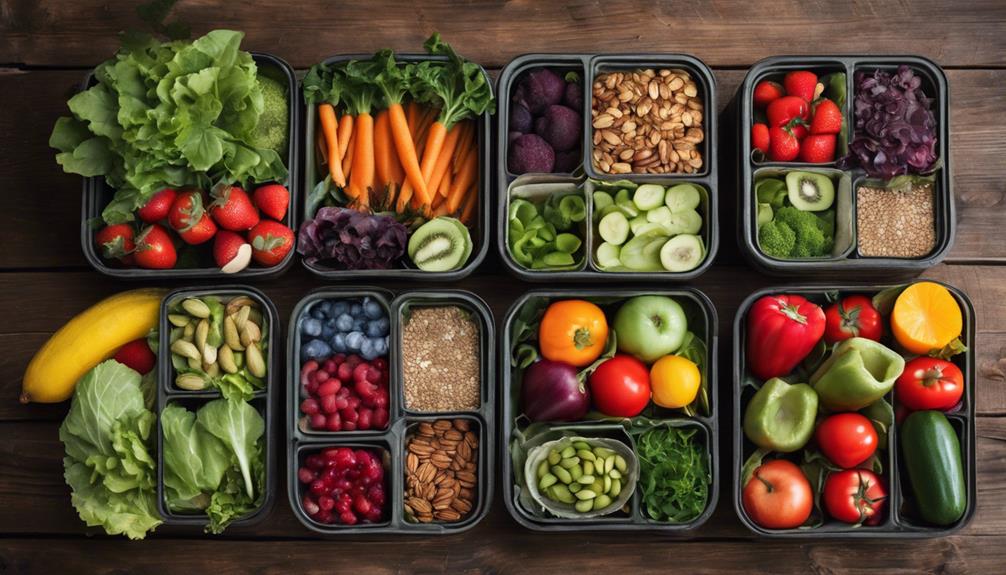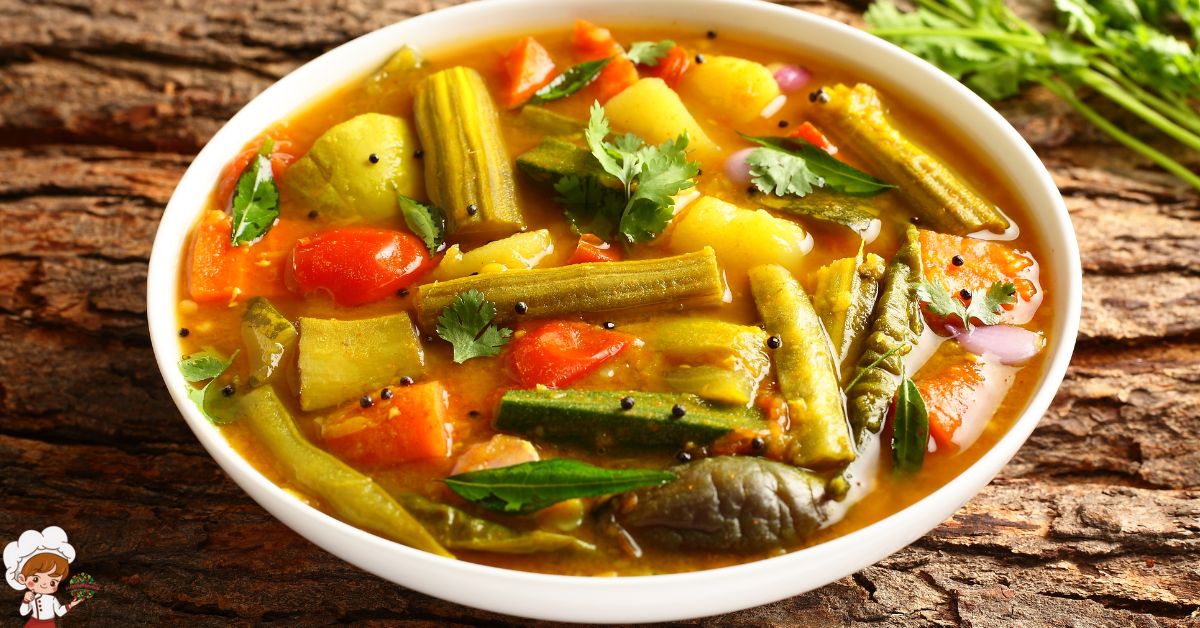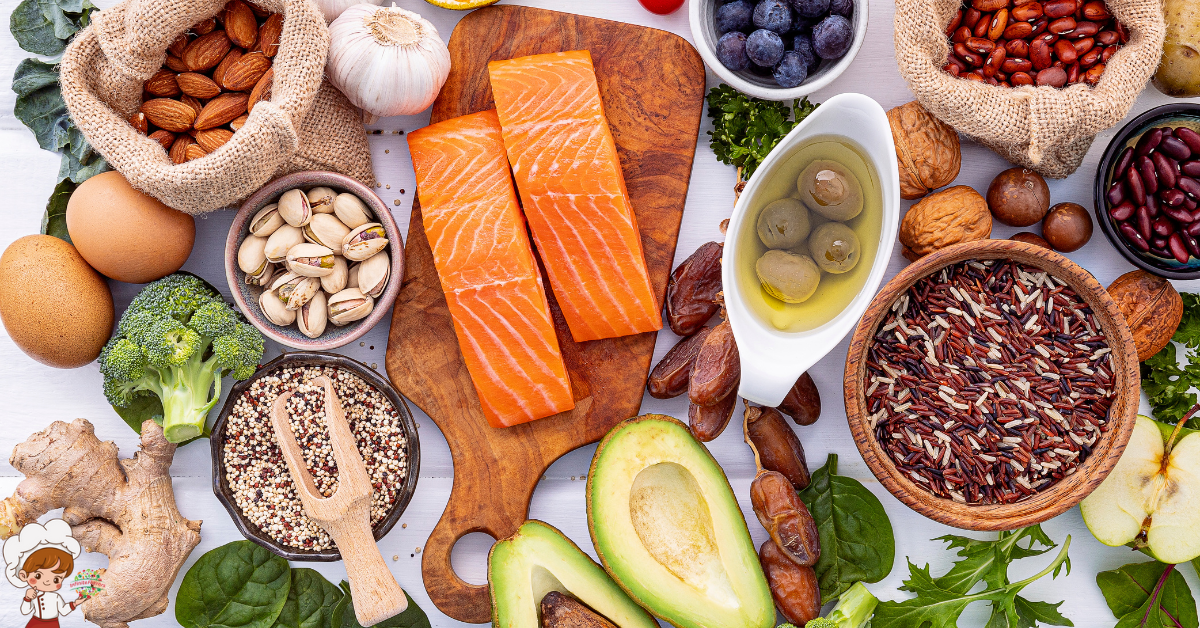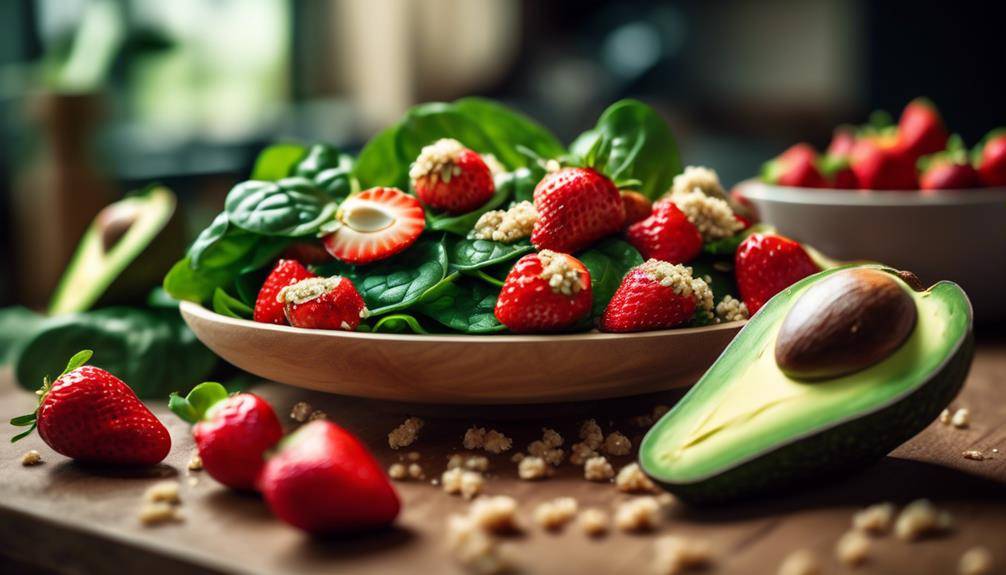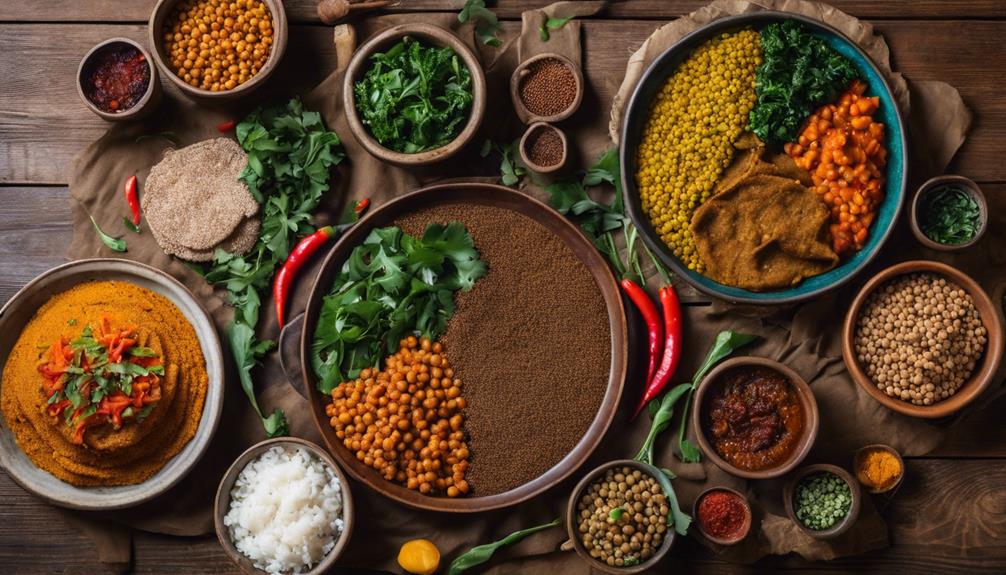How To: Cast Iron Skillet Size Guide
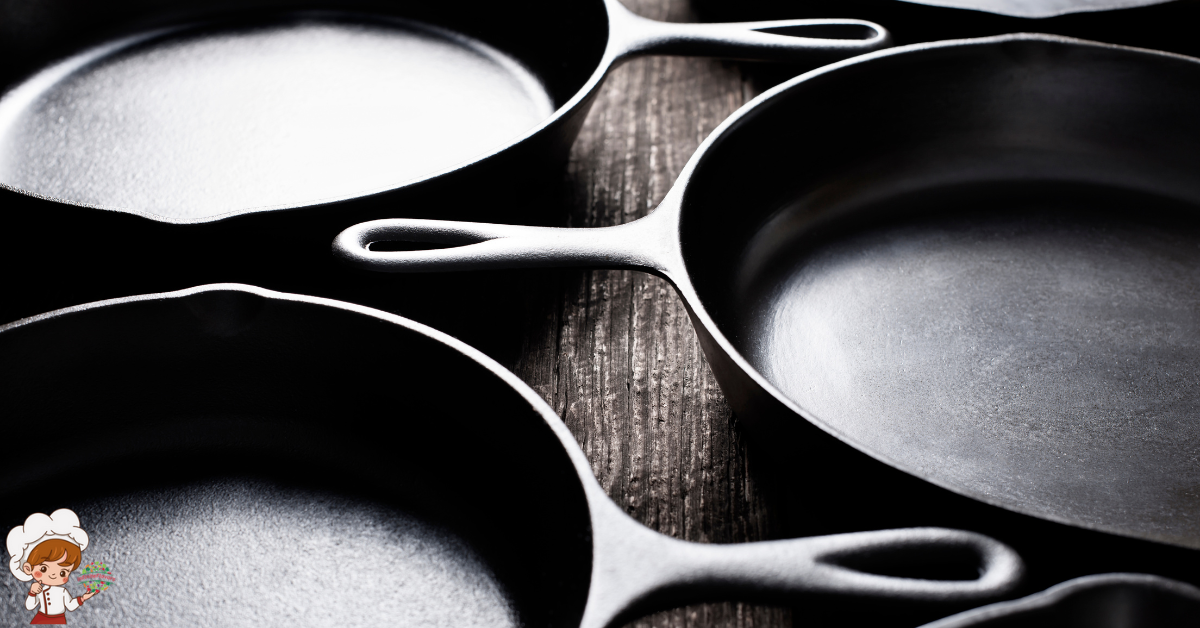
Cast Iron Skillet Size Guide: Understanding cast iron skillet sizes helps you choose the right tool for your cooking needs. Skillets range from 6 to 15 inches, with smaller ones perfect for single servings and larger ones ideal for family meals or batch cooking. A 10-inch skillet works well for one or two people, while a 12-inch offers more surface area for bigger meals. Consider how many servings you need and your cooking style when selecting a size. Each skillet size enhances your culinary creativity, making it easier to cook various dishes. Keep exploring to discover more tips on maximizing your skillet experience!
Understanding Skillet Sizes
When choosing a cast iron skillet, it is vital to understand that sizes vary considerably, impacting cooking versatility and meal preparation. Skillets typically range from 6 inches to 15 inches in diameter, and each size serves different culinary needs. A smaller skillet may be perfect for frying an egg or sautéing vegetables, while a larger one can handle family-sized portions or one-pan meals.
Skillet depth is another important factor to evaluate. A deeper skillet allows for more liquid, making it suitable for stews or braises, while a shallower model is great for tasks that require browning and crisping. When you’re deciding on a skillet, think about the types of meals you usually prepare. If you often cook dishes that require a good amount of sauce, a deeper skillet may be your best bet.
Handle length is also essential. Longer handles provide a better grip and allow for easier maneuvering, especially when you’re transferring a hot skillet from stovetop to oven. However, verify that the handle doesn’t get too hot during cooking. If you’ve limited storage space, reflect on how the handle length will affect your skillet’s fit in your cupboards.
Ultimately, understanding the various skillet sizes, depths, and handle lengths will help you choose the right cast iron skillet that matches your cooking style and needs.
Benefits of Different Sizes
When you choose a cast iron skillet, the size can really impact your cooking experience. Smaller skillets are perfect for portion control, while larger ones offer versatility for a range of dishes. Understanding these benefits helps you make the best choice for your kitchen needs.
Versatility in Cooking
Cast iron skillets come in various sizes, each offering unique benefits that enhance your cooking versatility. A smaller skillet, for instance, is perfect for sautéing vegetables. Its compact size allows you to control heat effectively, ensuring your veggies get that perfect sear without overcrowding. On the other hand, a larger skillet shines when you’re baking cornbread. You can mix up a bigger batch and get that delicious, golden crust you love.
Using a medium-sized skillet, you can easily tackle a variety of dishes, from frying eggs to cooking up a one-pan meal. Its balance allows you to cook for a couple or a small family without wasting space or resources.
With multiple sizes in your kitchen, you can adapt to whatever recipe you’re tackling that day. Whether you’re whipping up a quick breakfast or preparing a hearty dinner, having the right size skillet at your fingertips lets you explore different cooking methods. You’ll find that each size contributes to your culinary creativity, making cast iron skillets an essential tool in your kitchen arsenal.
Portion Control Benefits
Having various skillet sizes not only enhances your cooking versatility but also helps you manage portion control effectively. When you choose the right size skillet, you can tailor your meals to fit your dietary needs and preferences. This is especially important during meal planning, where balancing serving sizes can make a big difference in your nutrition.
Using a smaller skillet for individual portions guarantees you don’t overcook or overeat. It encourages you to focus on the right serving sizes, making it easier to stick to your planned meals. Conversely, larger skillets are perfect for family gatherings or meal prep, allowing you to cook bulk dishes while still being mindful of the portions you serve.
Common Cast Iron Sizes
When choosing a cast iron skillet, understanding the common sizes can really help you in the kitchen. Each dimension has its own advantages, making certain sizes ideal for specific cooking tasks. Let’s explore these popular skillet dimensions and find out which one’s right for you.
Popular Skillet Dimensions
Popular cast iron skillet sizes typically range from 6 inches for personal meals to 15 inches for larger gatherings. When choosing a skillet, consider how many people you’ll be cooking for, as this will influence the dimensions you’ll need. A 6-inch skillet is lightweight and ideal for frying an egg or sautéing a small amount of veggies. On the other hand, a 12-inch skillet can handle family dinners, allowing you to cook larger portions of stir-fries or casseroles.
The weight of your skillet is also essential. Smaller skillets weigh less, making them easier to maneuver, while larger ones can be quite heavy, especially when full. A 15-inch skillet can weigh 10 pounds or more, so think about your ability to lift and handle it safely. Additionally, consider the handle length; a longer handle provides better leverage, especially when dealing with heavier skillets. However, a shorter handle can make storage easier. Ultimately, pick a size that matches your cooking style and comfort level, ensuring it fits your kitchen needs without causing strain.
Ideal Sizes for Cooking
Choosing the right cast iron skillet size can enhance your cooking experience, making it easier to prepare a variety of dishes. When it comes to common cast iron sizes, understanding their cooking capacity and how they fit your meal types is essential.
A 10-inch skillet is a versatile choice for many home cooks. It’s perfect for frying eggs, sautéing vegetables, or searing a small steak. If you’re cooking for a larger family or want to make one-pan meals, a 12-inch skillet offers ample cooking capacity for stir-fries, casseroles, or cornbread.
For those special occasions or meal prep sessions, consider a 14-inch skillet. It’s great for roasting meats or making a large batch of chili, ensuring you have enough space for all the ingredients. If you’re cooking for just one or two, a 6-inch skillet is ideal for personal portions like fried eggs or a single serving of pasta.
Choosing the Right Size
Finding the right size cast iron skillet depends on your cooking needs and the number of servings you typically prepare. If you often cook for one or two people, a smaller skillet, around 8 to 10 inches, will usually suffice. This size is lightweight, making it easy to handle while still providing a decent cooking surface for frying eggs or searing meat.
For families or larger gatherings, you might want to take into account a 12-inch skillet. This size offers ample cooking surface, allowing you to prepare enough food for several people without overcrowding the pan. Keep in mind that the skillet weight also increases with size, which can impact your comfort when maneuvering it.
When choosing a skillet, think about the types of dishes you enjoy making. If you’re a fan of one-pan meals, a larger skillet can accommodate more ingredients, making it easier to cook everything evenly. On the other hand, if you primarily sauté or fry, a smaller skillet might be more practical.
Always factor in your storage space, too. A hefty 14-inch skillet is fantastic for big meals but can be cumbersome to store. Ultimately, the right size skillet should align with your cooking habits, available space, and the types of meals you prepare most often. By evaluating these factors, you’ll be well on your way to selecting a cast iron skillet that fits your culinary lifestyle perfectly.
Cooking Techniques by Size
Once you’ve selected the right size skillet, understanding how to utilize it effectively can enhance your cooking experience and the quality of your meals. The size of your cast iron skillet can greatly influence your cooking techniques, especially when it comes to sautéing and baking.
For smaller skillets, like 6 to 8 inches, you’re perfect for individual servings or quick meals. These sizes excel in sautéing techniques, allowing you to achieve a nice sear on vegetables or proteins without overcrowding. You’ll find that the heat distribution is even, and you can easily manage the cooking process.
As you move to medium-sized skillets, around 10 to 12 inches, you gain versatility. This size is ideal for family meals, where you can sauté larger quantities or prepare one-pan dishes. You can also use it for baking applications, like cornbread or frittatas, giving you a delicious, crispy crust that’s hard to beat.
For larger skillets, 14 inches or more, you can tackle big meals or batch cooking. These skillets are great when entertaining, allowing you to cook large portions of meats or vegetables. While they can also handle baking applications, be mindful of cooking times, as larger dishes may require more time in the oven to cook evenly.
Maintenance Tips for Skillets
To keep your cast iron skillet in top shape, regular maintenance is vital for preserving its non-stick surface and preventing rust. Start by using proper cleaning techniques after each use. Avoid soaking your skillet in water or putting it in the dishwasher. Instead, clean it with hot water and a stiff brush or a non-abrasive sponge. For stubborn bits of food, you can use coarse salt as a scrub. Just remember to rinse and dry it thoroughly to prevent moisture buildup.
Once clean, it’s important to apply seasoning methods to keep your skillet in prime condition. After drying, apply a thin layer of vegetable oil or shortening to the cooking surface. Heat the skillet on low for about 10-15 minutes to help the oil bond with the iron. This process creates a natural non-stick layer and protects against rust. You should aim to re-season your skillet regularly, especially if you notice food starting to stick.
If rust forms, don’t panic. You can scrub it off with steel wool, then thoroughly clean and re-season your skillet as described above. For long-term care, store your skillet in a dry place, and consider placing a paper towel inside to absorb moisture. By following these cleaning techniques and seasoning methods, you’ll guarantee your cast iron skillet remains a reliable kitchen companion for years to come.
Expanding Your Skillet Collection
Expanding your skillet collection can elevate your cooking experience and open up new culinary possibilities. By adding various sizes and shapes of skillets, you can tackle different recipes and techniques with ease. Start by reflecting on the skillet brands that resonate with your cooking style. Well-known brands like Lodge, Staub, and Le Creuset offer reliable options that suit a variety of budgets and preferences.
When you think about seasonal cooking, it’s crucial to choose skillets that can handle different ingredients and cooking methods. For instance, a large skillet is perfect for sautéing vegetables in the summer, while a smaller one can be great for cozy winter dishes like cornbread or frittatas. You might also want to explore specialty skillets, such as those with a pour spout for easy serving or a grill pan for achieving those perfect sear marks.
As you expand your collection, don’t forget to reflect on the weight and handle design of each skillet. A well-balanced skillet will provide better control and make cooking more enjoyable. Also, think about the versatility of each piece — adjustable sizes let you prepare everything from pancakes to roasted meats.
Ultimately, building your skillet collection enhances your kitchen arsenal and inspires creativity. So go ahead, explore different skillet brands, sizes, and styles, and embrace the joys of seasonal cooking with each new addition!
Frequently Asked Questions: Cast Iron Skillet Size Guide
What Size Skillet Is Best for Baking Cornbread?
For baking cornbread, a 10-inch skillet works best. It provides even skillet heat, ensuring a crispy crust and perfect cornbread texture. You’ll love how the size enhances flavor and creates that golden finish!
Can I Use a Smaller Skillet for Larger Recipes?
You can use a smaller skillet for larger recipes, but you’ll need to adjust the recipe scaling to fit the skillet capacity. Just keep an eye on cooking times to guarantee everything cooks evenly.
How Do I Convert Recipes for Different Skillet Sizes?
To convert recipes for different skillet sizes, you’ll need to make skillet adjustments. Scale your ingredients based on the area difference between the skillets, ensuring everything cooks evenly and results in delicious meals.
Are There Any Brands Known for Specific Skillet Sizes?
When choosing skillets, you’ll find Lodge skillets are popular for various sizes, while Le Creuset sizes offer a range of stylish options. Both brands provide quality, so pick what suits your cooking needs best.
What Is the Weight Difference Between Sizes?
When considering weight differences, a size comparison shows that larger skillets weigh considerably more, affecting your cooking efficiency. A lighter skillet’s easier to maneuver, while heavier ones offer better heat retention for certain dishes.
Conclusion
In summary, choosing the right cast iron skillet size can elevate your cooking experience. Whether you’re whipping up a quick breakfast or hosting a dinner party, understanding the benefits of each size helps you make informed decisions. Remember to maintain your skillets properly for longevity, and don’t hesitate to expand your collection based on your cooking needs. With the right skillet, you’ll unveil endless culinary possibilities and enjoy delicious meals for years to come!



